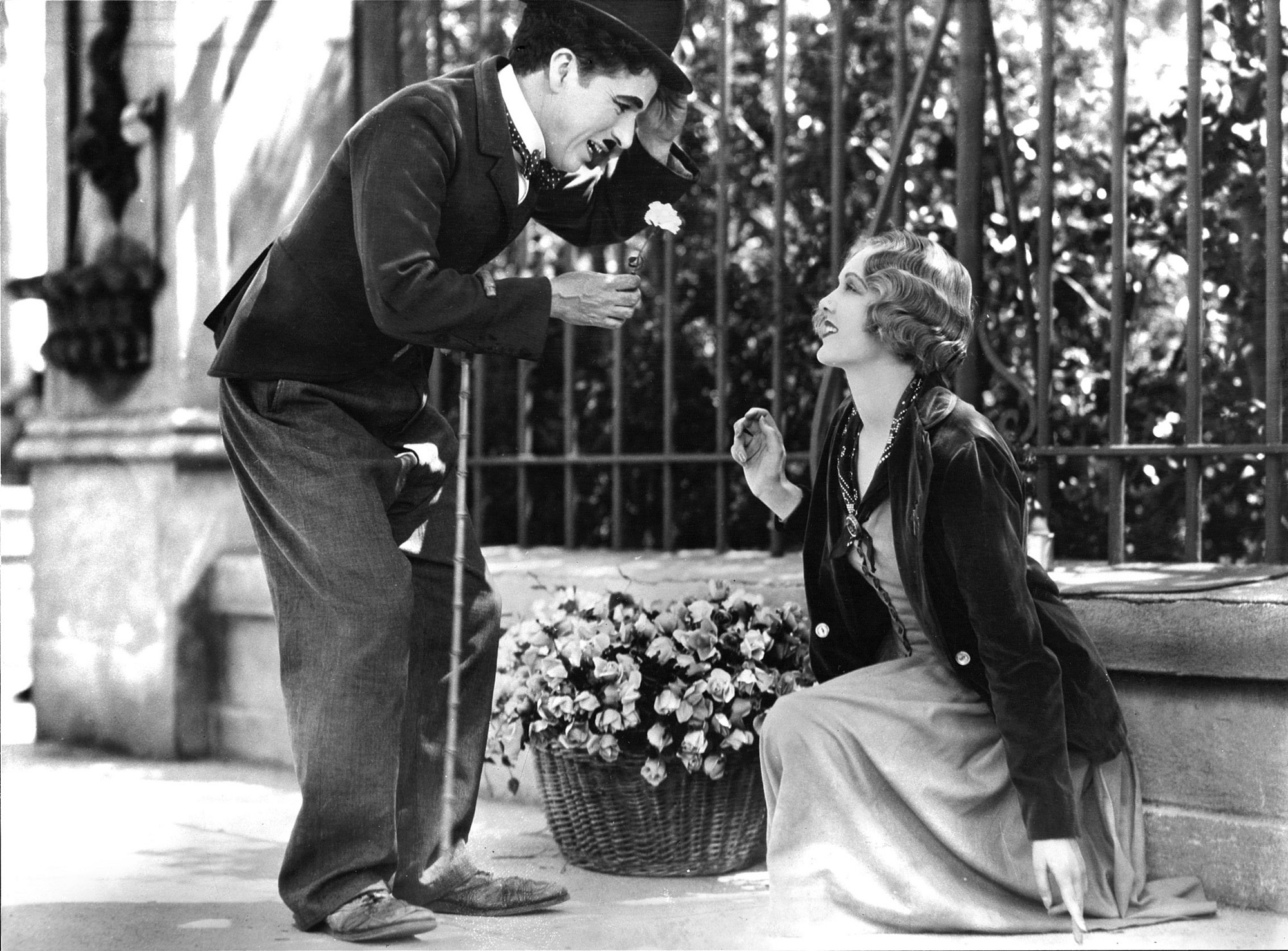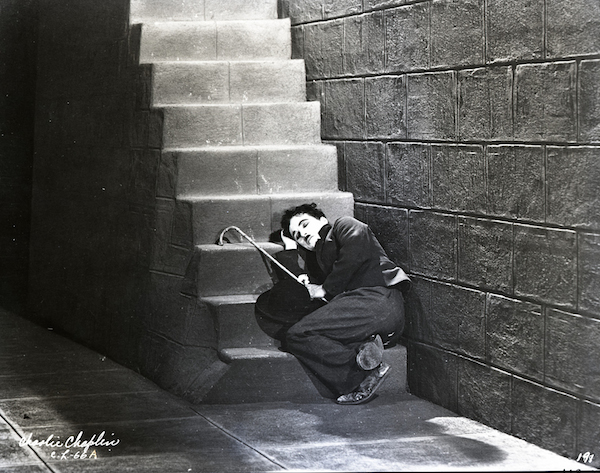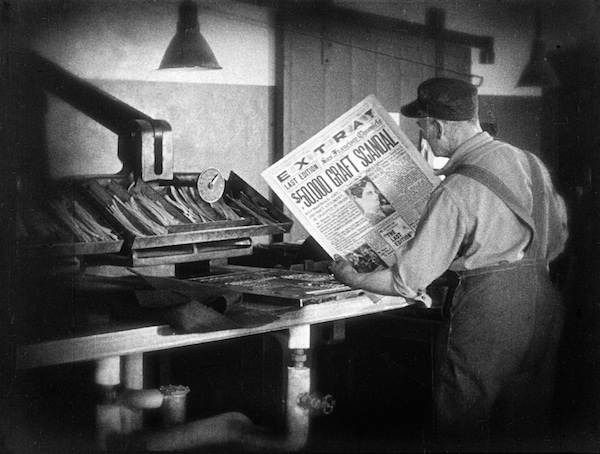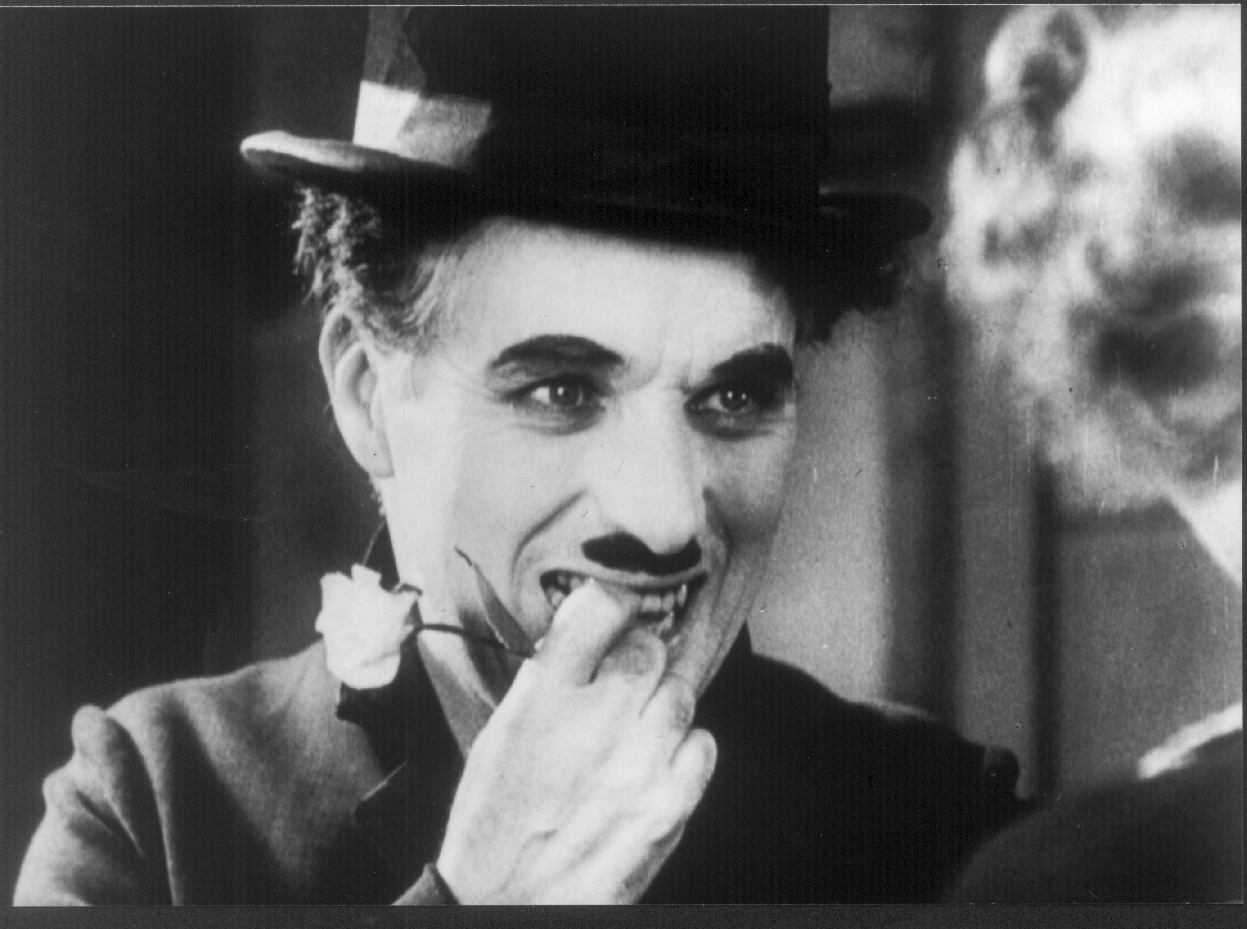We are celebrating two important Chaplin anniversaries in 2019. Next month, on 16 April it will be 130 years since Charlie Chaplin’s birth, and last month, 5 February marked the centenary of United Artists, the studio that Chaplin founded with DW Griffith, Mary Pickford and Douglas Fairbanks. Famously, however, City Lights is a film that ignores time, a silent picture made in the age of the talkies, and an 87-minute feature that took more than two years to make.
Pre-production on City Lights followed swiftly on from the release of Chaplin’s The Circus in 1928. By this time, The Jazz Singer had been released and Hollywood was caught in the scramble to convert to sound. But Chaplin wasn’t so sure. He had long been ambivalent about the idea of sound film, saying in 1921: “I would as soon rouge marble cheeks. Pictures are pantomimic art. We might as well have the stage. There would be nothing left to the imagination.” That’s a beautiful and very bold statement, not least because it implies that cinema is superior to the stage, but also because it compares silent cinema to classical art, to marble statuary. At the beginning of City Lights, you’ll see Chaplin making a joke that recalls this statement, making a mockery of a marble statue. Of course, Chaplin made City Lights as a silent film anyway, and in the year that it was finally released, 1931, he was still unenthusiastic about the appeal of talking pictures, even if necessarily by then he was as defensive as he was defiant, saying: “I’ll give the talkies three years, that’s all.”
City Lights was to be one of the most troubled productions in film history, beset not just by Chaplin’s own demanding, often tyrannical, perfectionism, but by sad circumstances beyond his control. Even before shooting began, in the midst of pre-production, Chaplin’s mother Hannah died in August 1928, and understandably he took weeks to recover from the grief. The sets were being built at this stage, creating a mythical mishmash of a city that combined elements of such diverse urban landscapes as Paris, Los Angeles, London, Naples, Tangier and Council Bluffs, Iowa. Chaplin was sure of the themes and narrative of his new film, which would concern The Tramp, a millionaire and a blind flower girl, but kept on writing and refining his ideas for incidents and minor characters until shooting began on 31 December that year.
Shooting of City Lights would continue until the summer of 1930, more than eighteen months later. You might not think it from the grace and good humour of the finished film, but the shoot was a nightmare, characterised by false starts and reshoots and even recasting. Chaplin worked six or seven days a week for almost three years, and was constantly exhausted – yet despite that stress, this film contains some of his most delicate and joyful comedy.

Chaplin had hired a woman with no acting experience, Virginia Cherrill, as his leading lady, the blind flower girl. It sounds quite bizarre now, but he chose her because he thought she played blind more attractively than the other actresses who auditioned – they rolled they eyes too far back in their heads it seems. He had initially thought that the lack of acting experience would be good thing, but it wasn’t long before he began to have his doubts. There was no affection between the two and Chaplin notoriously spent days forcing Cherrill to repeat a simple movement, holding out her hand and saying “Flower, sir?” to his satisfaction. The tension and repetition must have been infuriating for everyone on set. They began at the end of January, but two weeks went by, then another, then Chaplin fell ill. On 1 April they started again for another 10 days, without success. Chaplin moved on to other, more elaborate scenes, such as the opening sequence involving the statue and hundred of extras. By comparison, it seemed easier. Continue reading City Lights (1931): the course of true love never did run smooth →





